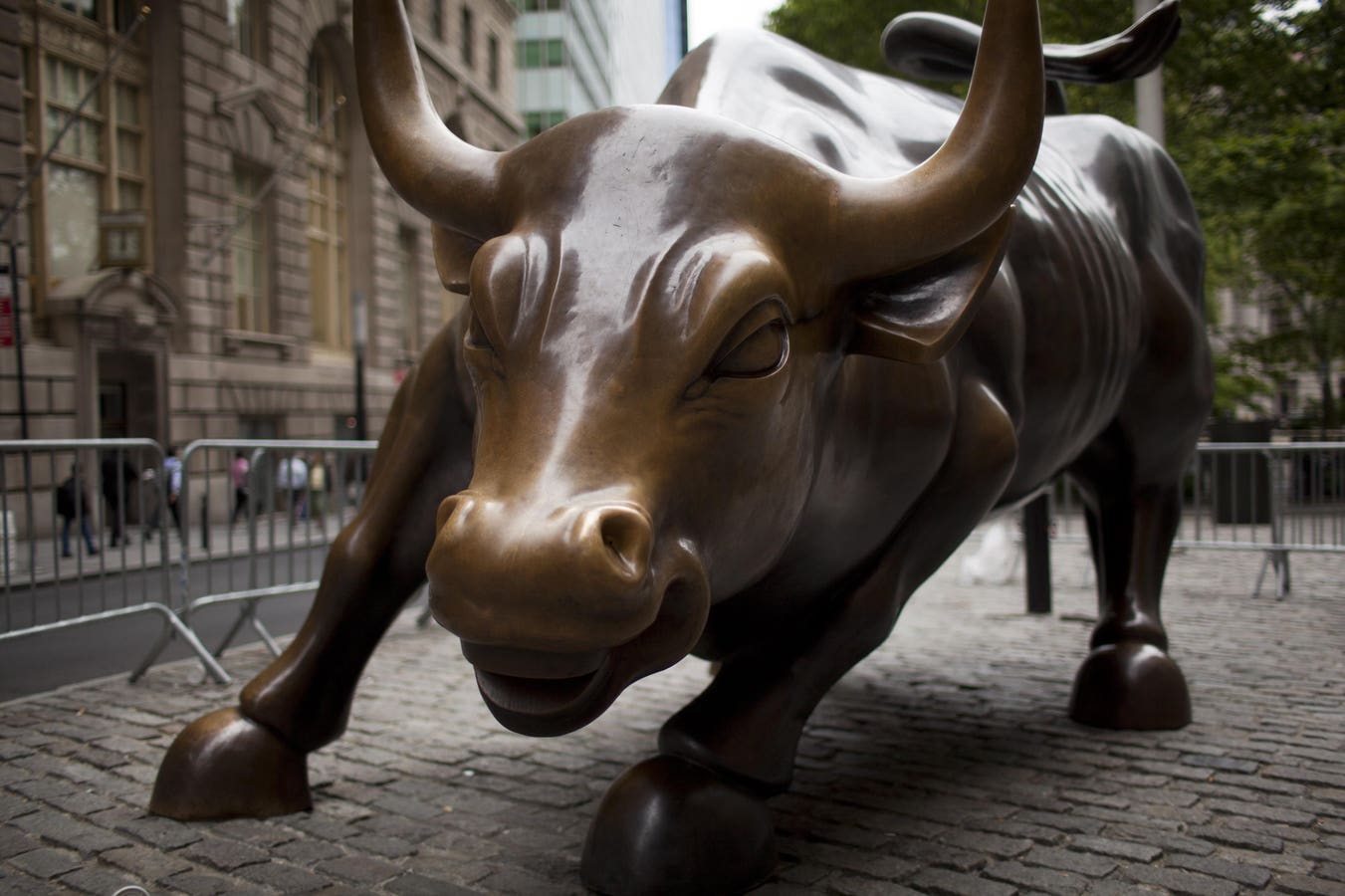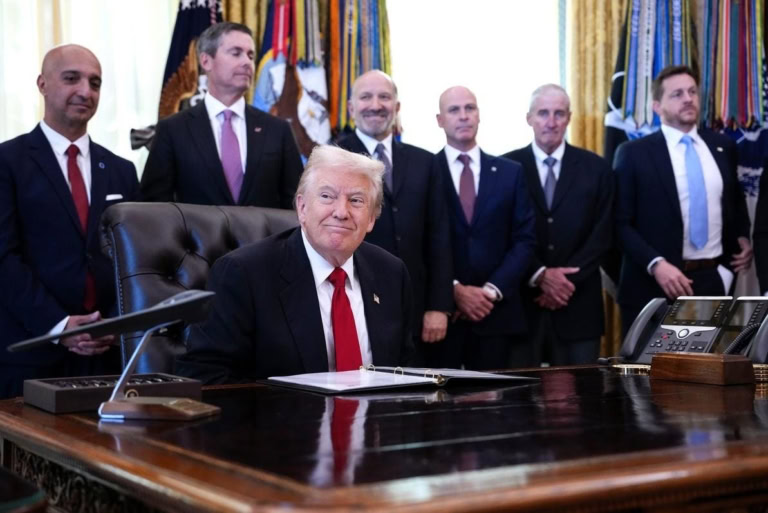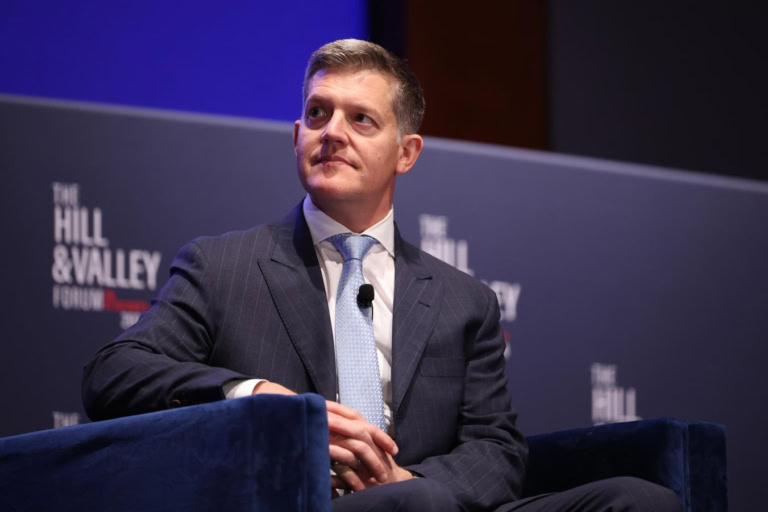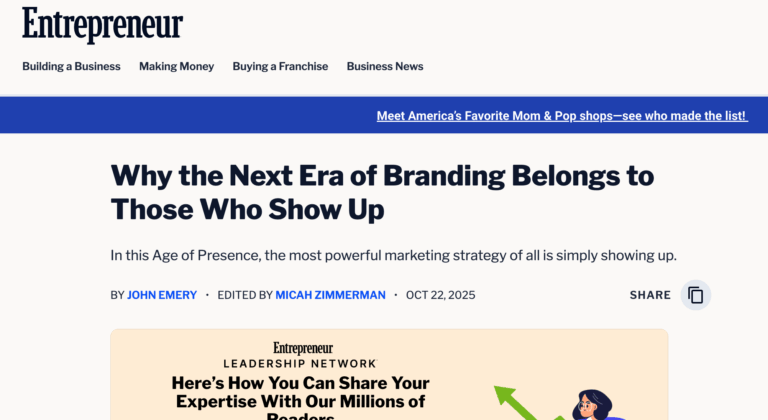Wall Street, Madison Avenue, and SoHo already give NYC unmatched density. With ILPN, the city is formalizing its edge as the natural home for for scale-ups.
New York at a Crossroads
New York doesn’t just do startups. It does global scale.
While other cities chase early-stage hype—Miami’s crypto boom being the most glaring example—New York is building for the long haul. The city already has the raw ingredients: engineering talent from its universities, deep-pocketed private equity and growth funds, and industry density across finance, media, fashion, consumer, and life sciences. What it lacked was structure.
That structure has arrived. The International Landing Pad Network (ILPN), launched by the New York City Economic Development Corporation (NYCEDC), will connect international growth companies with the city’s ecosystem. Four operators—Plug and Play, Supermomos, SOSA, and The Clean Fight—will host more than 50 global scale-ups in AI, climate, medtech, and life sciences over the next year.
This isn’t just about filling office space or economic development—it’s city-building by design. Just as Singapore made early, rapid moves in its first decade but took a generation (25–30 years) to transform into a world-class financial hub, and sovereign wealth funds are reshaping longevity with long-horizon capital, New York is taking a similar playbook and applying it at urban scale—deploying strategy, partnerships, and global capital to anchor the next wave of scale-ups.
From Empty Offices to Global Growth Engines
The ILPN is part of the Adams Administration’s Race for Space, a program designed to tackle post-pandemic vacancy.
Other cities see empty offices as a crisis. New York sees them as launchpads. Leasing activity is already at its strongest since 2019, and NYC leads U.S. metros in net absorption. By anchoring international scale-ups in these spaces, the city is converting vacancy into velocity.
The signal couldn’t be clearer: despite predictions of an urban corporate exodus, Big Tech has doubled down on Manhattan. Google controls over 3 million square feet on the West Side, Meta holds more than 3.2 million across Hudson Yards and the Farley Building, and Amazon has amassed nearly 2 million, including the landmark Lord & Taylor building. In total, technology giants now anchor more than 8 million square feet of office space in Manhattan.
These aren’t short-term bets. They’re long-term plays on talent, flexibility, and real estate arbitrage—securing trophy assets while prices remain relatively depressed. For growth companies entering through ILPN, that matters: they’re stepping into an ecosystem stabilized by tech’s presence, where amenities are upgraded, Class A rents have a floor, and office space is being redefined not as overhead, but as strategic leverage.
Meet the Scale Makers — The Four Anchors of ILPN
The ILPN’s operators act as gateways to scale, not seed. This isn’t a grab bag of accelerators—it’s a curated funnel for companies that are past survival mode and ready to grow into global players.
Together, they cover every edge of the growth economy: Plug and Play brings Cornell Tech’s R&D muscle; Supermomos anchors NYC’s AI ecosystem with Lightspeed Ventures; SOSA bridges corporates and governments with startups; and The Clean Fight doubles down on climate and deep tech.
“These partnerships will strengthen industry collaboration, grow our most future-focused sectors, and seed the next generation of large companies that will power our economy,” said NYCEDC President & CEO Andrew Kimball.
“The next global giants may be founded elsewhere, but they’ll scale in New York. With ILPN, NYCEDC is giving structure to what we already see at Supermomos every week—international AI founders choosing NYC to grow big,” noted Edwina Yeo, founder and CEO of Supermomos, one of ILPN’s four operators.
“At Lightspeed, we’ve had the privilege of helping founders from across the world expand into the US market,” said Pinn Lawjindakul, Partner at Lightspeed Venture Partners. “With this program, we aim to extend the reach of our global platform and share it with more ambitious companies.”
Betting on the Sectors of the Future
The ILPN is deliberately sector-specific: advanced technology, green economy, and life sciences.
These aren’t hype verticals. They are industries that define the next 20 years—where NYC plays to its strengths. Silicon Valley may dominate founder-driven AI, but NYC is where enterprise adoption is being shaped. Boston leads in R&D, but NYC is where commercialization and capital intersect. Climate here isn’t episodic—it’s institutional, backed by NYSERDA and Climate Week.
Other cities may court Web3 or short-lived fads. NYC is aligning with sectors where institutional capital is flowing and enterprise contracts are waiting.
NYC Conferences as Ecosystem Catalysts
Scale thrives where ecosystems converge.
- Super AI ML Summit hosted by Supermomos, NYCEDC and Civic Hall → A marquee event bringing AI leaders and investors together.→ A marquee event bringing AI leaders and investors together.
- The Primary Summit hosted by Primary Ventures → A convening point for NYC founders, investors, and operators.
- NYC Tech Week → A decentralized week of events showcasing the city’s growing tech ecosystem.
- Gold Power Summit → Showcases how NYC leverages partnerships with Nasdaq and Gold House to convene cross-industry leaders.
Events like these aren’t window dressing—they’re deal flow engines. The ILPN builds on this gravity, turning episodic convenings into year-round pipelines for scale-ups.
Growth Companies, Growth Capital
The ILPN is explicitly for growth-stage companies—those with $5M+ in revenue or the capacity to scale teams in NYC. In investor terms, that positions the program closer to growth capital than seed funding—fitting for a city built around Wall Street, private equity, and crossover funds.
That fits the city’s DNA:
- Finance → Wall Street and fintech capital
- Media & Advertising → Madison Avenue powerhouses
- Fashion, Consumer & Retail → Luxury groups, retail HQs, and e-commerce platforms
- Medicine & Life Sciences → Hospital systems, pharma, and biotech
For SaaS, AI, and climate startups, NYC is not just a capital hub—it’s the enterprise contract capital of the world.
Timing as Strategy: UNGA and Climate Week NYC
The launch of ILPN coincides with the United Nations General Assembly and Climate Week NYC—moments when the world’s leaders, investors, and corporations converge on the city.
That’s not coincidence. It’s strategy. At the exact moment global delegations land in Manhattan, NYC is branding itself as the landing pad for the world’s fastest-growing companies.
NYC’s FDI Evolution
Foreign direct investment (FDI) is central to New York’s economy. In 2024 alone, $4.9 billion in international capital flowed into the city—underscoring its role as a magnet for global business. From European climate-tech startups to Asian AI scale-ups, international firms continue to view New York as the ultimate gateway to the U.S. market.
What ILPN does is institutionalize that pipeline. Instead of international companies finding their way to New York in an ad hoc fashion, the city now offers a structured entry point through four curated operators.
Some of the companies that have worked with NYCEDC’s business development team and announced recent moves or expansions in the city highlight how both domestic and international players are embedding in New York:
- Bridgewater Associates → 60,000 sq. ft. at 295 Fifth Avenue (the hedge fund’s first location outside Connecticut)
- Chobani → “Chobani House,” 120,000 sq. ft. HQ at 360 Bowery for 300 employees, with innovation and community programming
- OpenAI → 90,000 sq. ft. at the historic Puck Building, first East Coast office, housing hundreds
- SharkNinja → 14,000 sq. ft. Creative Design Hub at 41 Madison Avenue, creating 45 jobs
While these are U.S.-based companies rather than classic FDI cases, they reinforce the same conclusion: whether foreign or domestic, scale-ups double down on New York.
How to Apply for NYC’s ILPN
Applications for the inaugural International Landing Pad Network will open this fall. Each operator—Plug and Play, Supermomos, SOSA, and The Clean Fight—will run their own tailored program focused on sectors from AI to climate tech.
Eligibility is defined broadly. For ILPN, “growth-stage” means companies with $5 million or more in annual revenue, or sufficient capital to build a five-person team in New York within two years. By venture capital shorthand, some of these firms might still be considered Series A or B. But the point isn’t to crown unicorns overnight—it’s to attract international companies with traction and resources to plant roots in New York, where the city’s density of industries and capital can help them scale.
Companies interested in applying can sign up for notifications and learn more at Choose.nyc.
Lessons from Singapore and the Sovereigns
New York’s strategy echoes a global truth: planning beats hype.
- Singapore → Made early, rapid moves in its first decade, but the full transformation into a financial hub took a generation (25–30 years), driven by deliberate policy, incentives, and partnerships.
- Sovereign wealth funds → Deploy long-horizon capital to reshape entire industries, from longevity to energy transition. Saudi Arabia’s PIF and the UAE’s Mubadala are prime examples, using sovereign capital not only for biotech or renewables but also for cultural and economic assets—hosting World Cups, buying into Europe’s top soccer leagues, and funding institutions like the Louvre.
The pattern is clear: economies rise when they deploy strategic, long-horizon capital with intent. The ILPN is New York’s domestic version of that playbook—anchoring companies not just with space, but with structure, partnerships, and global reach. And unlike a sovereign fund or a city-state, New York is doing it at urban scale, leveraging the density of industries, talent, and capital that only a global city can provide.
NYC’s Global Bet
NYC has always been the natural home of growth capital. What’s new is strategy. With the International Landing Pad Network, the city isn’t trying to invent an identity—it’s formalizing the one it already has. By structuring access through partnerships, targeted sectors, and global reach, ILPN turns density into design.
The ILPN represents more than just an economic development program. It is New York’s bid to cement its role as the global capital of scale-ups—where international founders don’t just launch, but grow into the next generation of industry leaders.
“We congratulate NYCEDC on the launch of the International Landing Pad Network and commend the selected operators, including Supermomos, for helping international companies scale in New York City,” said Aissata M.B. Camara, Commissioner of the NYC Mayor’s Office for International Affairs. “Their inclusion highlights the strength of New York’s fast-growing AI ecosystem, and my Office is proud to drive the connections that anchor global innovators across all five boroughs. By linking international vision to New York’s diversity, resilience, and talent, we are turning innovation into jobs, investment, and long-term growth, reaffirming New York City as the place where the world comes to scale.”
The next generation of global giants may be founded elsewhere. But when it comes time to scale, they’ll choose New York—not just for capital, but for customers and industry clusters. The next generation of global giants will find not just money here, but momentum.















